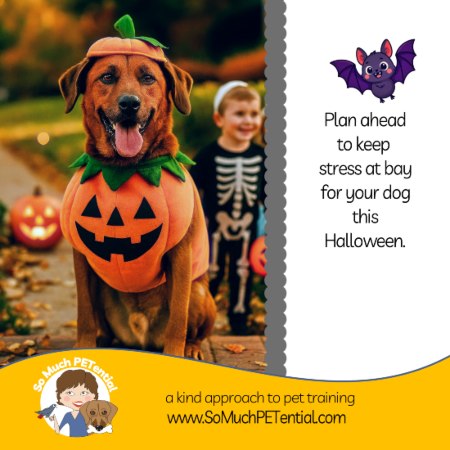How often it is that I see pictures or videos with scenes like this one of an infant and dog. Usually, the caption refers to how the dog is comforting the baby or how the dog is being friends with the infant. I can understand how a parent who is not Dog Aware* may see that. Parents want their dog and child to be friends. It is a natural line of thinking for these parents to think the dog body language is saying, “I love you.” However, I ask you…is this affection or a Kiss to Dismiss?
 As a licensed Family Paws parent educator, I want to encourage you to look at this interaction between dog and infant differently.
As a licensed Family Paws parent educator, I want to encourage you to look at this interaction between dog and infant differently.
It is important that we pay attention to what BOTH the child and dog are expressing. After all, EVERY interaction teaches associations – positive and negative. EVERY interaction has the potential to impact much more than simply the moment. EVERY interaction can affect relationships for the good and the bad.
What do I see in the photo?
I see muscle tension in both faces. I see an infant who looks like she is about to cry. Her eyes and eyebrows are squinted, and her chin is held down. These are behaviors people of all ages – from infants to adults – may do when in an uncomfortable situation. We don’t really know if these scary moments will impact how she feels about dogs when she gets older but there is the potential that it could.
I see a dog whose ears are held back, eyebrows are possibly furrowed with a worried look in his eyes, mouth is closed, body is leaning away from the infant and whose paws are clenching into the floor.
While the photo does not show this, I would venture to guess that either immediately prior to or following the taking of this photo, that the dog gave a Kiss to Dismiss*.
What do I mean by a Kiss to Dismiss*?
My teacher/mentor, Family Paws CEO and Founder Jennifer Shryock, coined the phrase Kiss to Dismiss after receiving many dog bites to kids calls. Kiss to Dismiss refers to the whole picture. The dog is not gently stroking the baby with loose body muscles. The dog’s face and body show stress, its licks become more intense. Often this can occur when the toddler moves into the dog’s personal space but it can also occur when the dog comes closer to be near its trusted adult or a valued object. Proximity is key…the unpredictable toddler is just too close for comfort.
Jen describes what happens when a dog licks her face. “I move away,” she said. “Thus, the dog’s licking of my face works to get distance and avoid direct frontal eye contact. It decreases social pressure.”
What makes me think this photo of a dog and a toddler may have precluded or followed a Kiss to Dismiss?
That dog is leaning away which is an avoidance behavior, but also has its head and neck leaning in toward the toddler. The dog’s front feet are planted, looking as if they are being pushing up and off the ground, which can drive the licking pattern into a more intensity.
It is important for parents (and any adult who may be supervising a baby or toddler and a dog) to know that even the most socially skilled dog can be uncomfortable in close proximity to an unpredictable little human who may invade personal space, grab things, make loud and unusual noises and move in erratic ways.
I encourage you to ready my past post about being your dog’s advocate.
What can you do to prevent a dog Kiss to Dismiss*?
Firstly, invest the time to really get to know and practice understanding your dog’s subtle and not-so-subtle body language indicating stress, or comfort. I have videos of dog body language here. If you do not know what to watch for, you can not watch for it.
Active adult supervision is just so extremely important. Your baby, toddler and dog should never be out of sight from an adult who is Dog Aware* (referring to being aware of your dog’s body language, sensitivities, proximity and supervision).
Do not allow your moving baby to crawl towards, and invade your dog’s personal space. Gates can be an invaluable management tool to keep baby and dog safe. (Note that toddlers are prone to reach for what interests them and that can mean putting little hands through a gate. A double gate can prevent that.)
Instead, invite your dog to come into your space WITHOUT PRESSURE and allow your dog the opportunity to say no. If your dog does come (more than likely either to be closer to you, closer to whatever interesting or tasty the baby may have, or curiosity, put yourself in between your dog and your baby.
* indicates a phrase coined by Family Paws CEO and Founder, Jennifer Shryock






